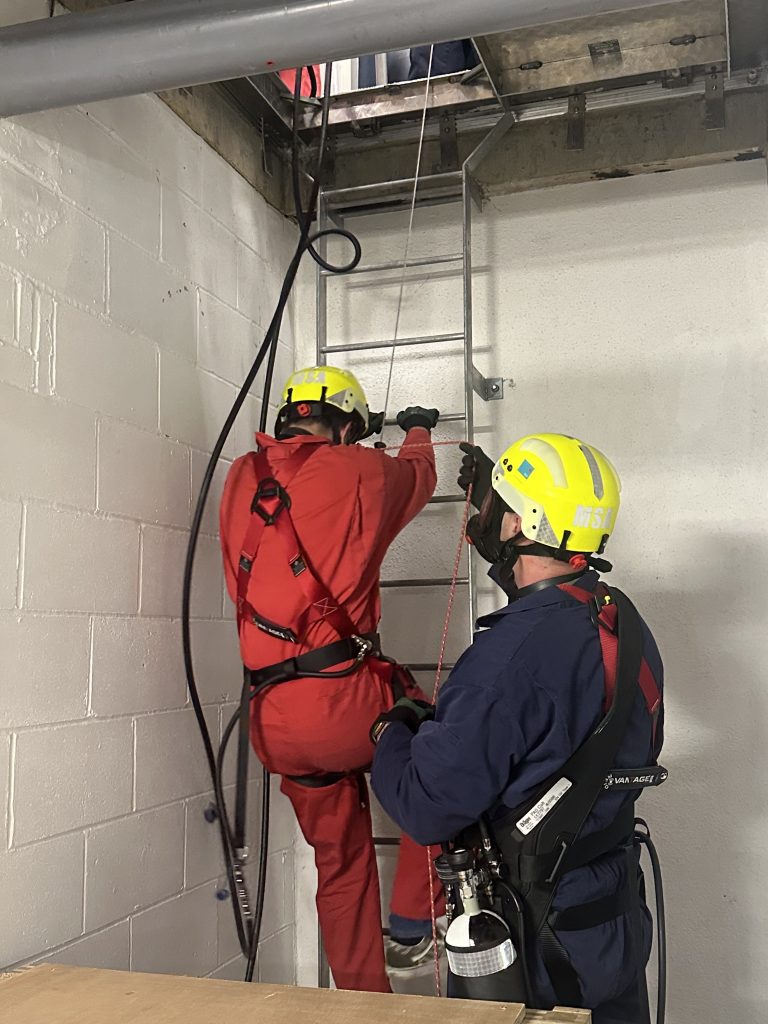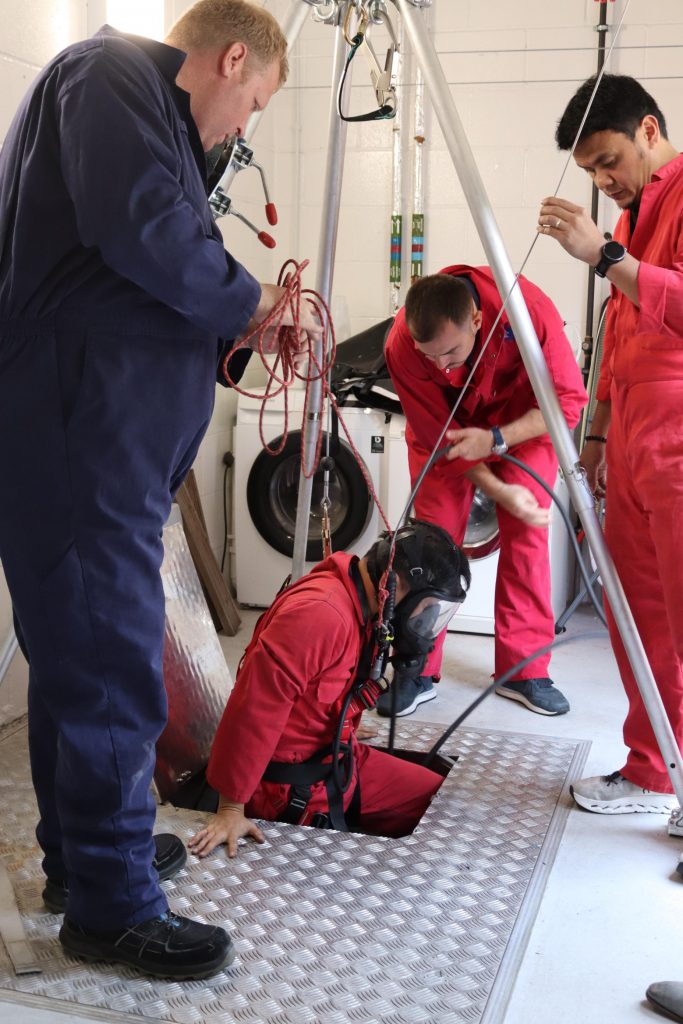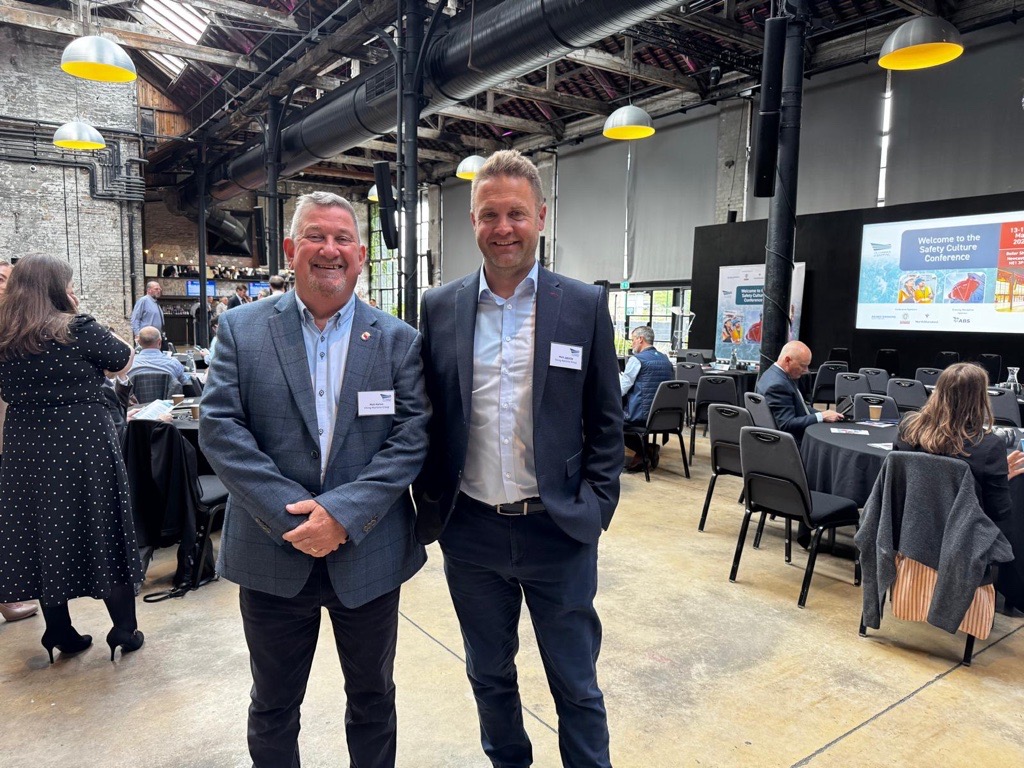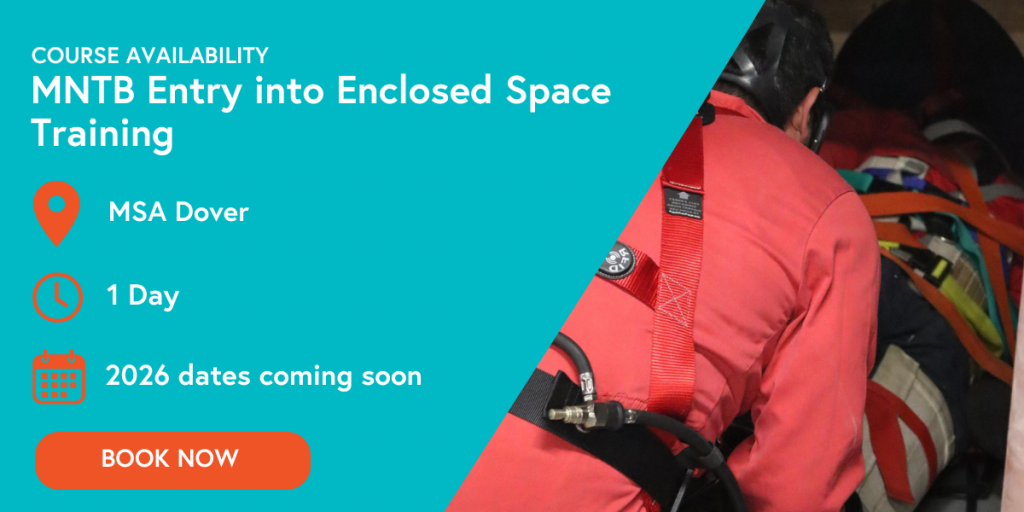Understanding the Dangers of Enclosed Space Entry on Ships: Why Training and Awareness Matter
Enclosed space entry remains a significant contributor to seafarer fatalities and poses a hidden danger on board many vessels.
Without proper training and precautions, crew members face serious threats, including asphyxiation, toxic exposure, and entrapment in confined spaces such as ballast tanks, cargo hold and other compartments with inadequate ventilation.
The Statistics Behind the Risk
According to the UK Marine Accident Investigation Branch (MAIB), “nearly 60% of fatalities in enclosed space incidents involve would-be rescuers.” These are often colleagues who rush in without protective equipment or proper procedures, attempting to save an incapacitated crewmate, putting themselves also at risk.

According to the IMO, enclosed space incidents account for approximately 15% of all shipboard fatalities. Over the past decade, the industry has recorded more than 100 fatalities linked to these extreme environments.
A 2020 report by the International Transport Workers’ Federation (ITF) identified insufficient training, complacency, and a lack of safety protocols as key factors in most incidents. There are regulatory frameworks in place to prevent these fatalities, which outline safety measures for entering enclosed spaces. However, the risk remains high due to lapses in training, education, and onboard culture.
Reinforcing the Message at the Maritime Skills Academy
At the Maritime Skills Academy (MSA), Operations Director, Mark Jaenicke, attended the UK Chamber of Shipping’s Safety Culture Conference, held in Newcastle earlier this year, where it was highlighted that enclosed space entry is a critical safety issue.
The conference emphasised the urgent need to embed a culture of safety at all levels of maritime operations. Key discussions from industry speakers focused on the role of leadership in shaping attitudes towards risk, the value of reflective learning from incidents, and the need for stronger accountability systems on board.
The conference emphasised that safety culture encompasses not only policies and training, but also mindset, communication, and empowerment. Enclosed space entry has been cited as a prime example of where gaps in culture can lead to fatal consequences, making it essential that safety initiatives address both technical training and behavioural change.
Why Enclosed Spaces Are So Dangerous
The atmosphere inside an enclosed space can quickly become hazardous and even deadly. Possible threats may arise from reduced oxygen levels, the presence of flammable or toxic gases, and the potential for sudden shifts in pressure or contents.

Gases, such as hydrogen sulfide or carbon monoxide, are odourless and lethal even in small concentrations. Without proper testing and monitoring, crew members may unknowingly enter an environment that is immediately harmful.
Industry Recommendations and Best Practices
To mitigate these risks, the maritime industry emphasises:
- Robust Training – Crew members must receive MNTB or flag-state-recognised training in enclosed space entry and rescue. Training should include hazard recognition, use of gas detection instruments, proper PPE, and emergency procedures.
- Strict Permit-to-Work Systems – No one should enter an enclosed space without a properly completed entry permit, confirming that the atmosphere has been tested and deemed safe.
- Use of Monitoring Equipment – Continuous gas monitoring and ventilation systems must be in place before and during entry.
- Drills and Emergency Planning – Regular emergency response drills should be conducted, including scenarios involving enclosed spaces.
- Safety Culture and Leadership – Companies must foster a culture where safety is prioritised over speed or convenience, and crew members are empowered to stop unsafe operations.
Enclosed space entry remains a persistent and deadly risk onboard ships. Although the industry has made progress in implementing safe practices, real change comes from up-to-date training, leadership commitment, and crew vigilance.

Both the UK Chamber of Shipping Safety Culture Conference and the Joint Industry Workshop reinforced the same message:
“Investment in safety education and embracing an educational culture onboard will improve enclosed space safety and reduce fatalities.”
How the MSA is Helping Reduce Enclosed Space Entry Fatalities
Through continual learning and training, our centre in Dover is equipped with a custom-built enclosed space hatch, allowing delegates to practice safe entry and exit into enclosed spaces.
With available dates for 2025, and 2026 dates soon to be released, you can view the full course details here.
References and Further Reading:
- UK Marine Accident Investigation Branch (MAIB)
- International Maritime Organization (IMO)
- International Transport Workers’ Federation (ITF)
- OCIMF Joint Industry Workshop Report, March 2025
- UK Chamber of Shipping Safety Culture Conference, April 2025
- SOLAS Regulation XI-1/7
- IMO Resolution A.1050(27)
